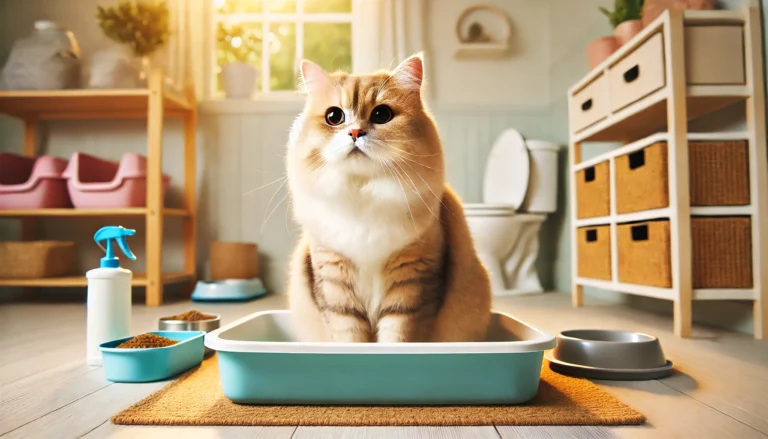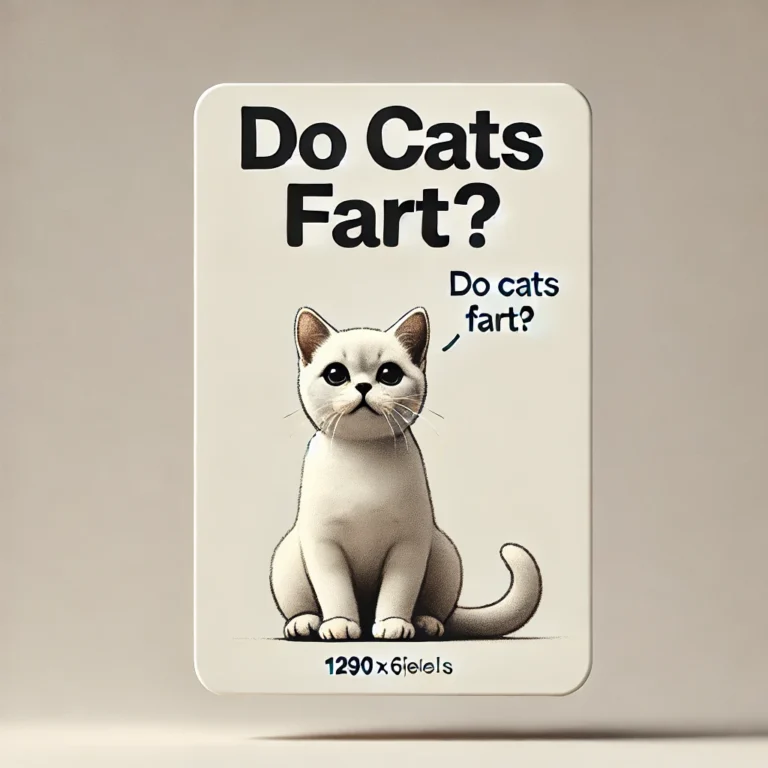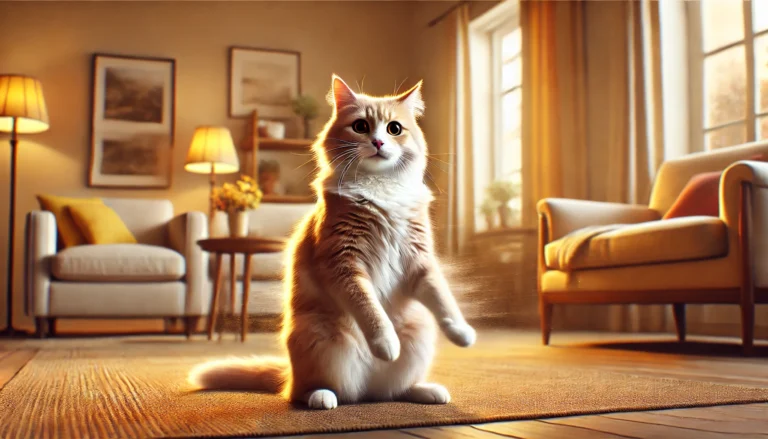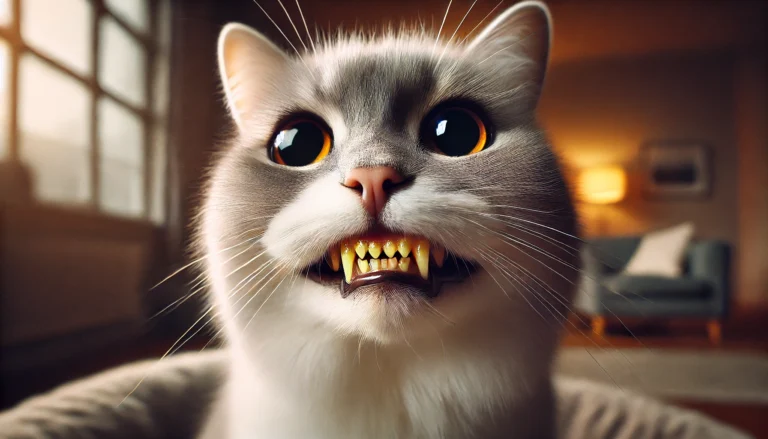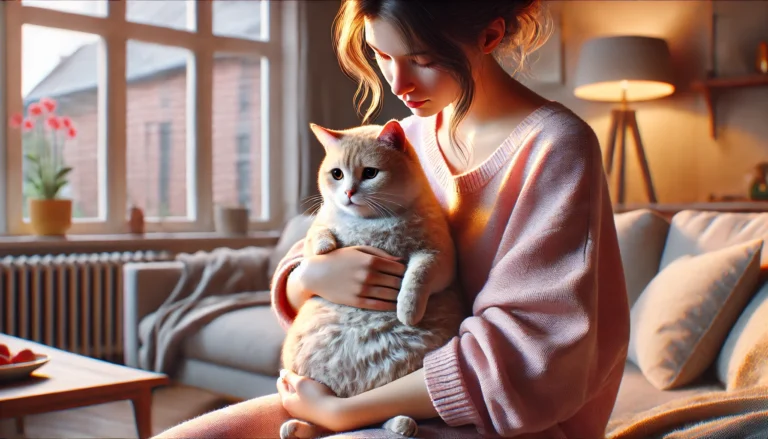why do cats knead?

Why do cats knead? It is one of the most concerning question in the minds of cat owners that also term as cats making biscuits. Anyone who spent time with a cat has likely witnessed the curious act of cat kneading, where a cat rhythmically pushes their paws in and out against a soft surface. Often referred to as “making biscuits,” this behavior is not just adorable but also deeply rooted in a cat’s physiological and psychological instincts. This comprehensive exploration delves into the various facets of why cats knead, incorporating insights and perspectives to help cat owners understand their furry friends better.

The Basics of Cat Kneading
- What is Cat Kneading? Kneading is a common behavior seen in domestic cats where they alternately push their front paws in and out against a soft object, such as a blanket or human lap. This action often involves extended claws and can be accompanied by purring.
- Kneading in Action: Typically, a cat will choose a soft and pliable surface, press down with their front paws, and push forward, often alternating between left and right paws. This can last for several minutes and usually signifies that the cat is in a particularly content or playful mood.
Why Do Cats Knead?
- Nursing Instincts: The root of the kneading behavior often traces back to kittenhood. Kittens knead their mother’s belly to stimulate the flow of milk while feeding. This instinctive behavior frequently persists into adulthood, serving new purposes.
- Territorial Marking: Cats possess scent glands in the soft pads on the bottoms of their paws. When cats knead, they activate these glands, secreting their own unique scent onto the surface to mark it as their own territory—a place of safety and comfort.
- Preparing the “Nest”: In the wild, cats knead to create a soft, secure area to lie down or give birth. Domestic cats continue this behavior to make their resting areas comfortable and secure.
The Comfort of Kneading
- Physical Pleasure and Relaxation: Kneading can be a source of comfort to cats, as the motion can help them relax and express feelings of contentment and safety. It’s also a way to relieve stress, much like a human might knead dough or squeeze a stress ball.
- Affection and Bonding: When a cat kneads their owner, it often indicates trust and affection. This behavior can be seen as a form of bonding, akin to a hug or gentle touch between humans.
Understanding Cat Kneading Behaviors
- Variations Across Breeds and Individuals: While kneading is a common behavior, the intensity and frequency can vary widely among cats. Some breeds, such as Siamese or Burmese, are more prone to knead than others. Individual experiences and comfort levels also play significant roles in how a cat expresses this behavior.
Do you know?
Kitten vaccination is of utmost important and has a direct relationship with cat behavior. Kitten vaccination schedule should always be on the fingertips of a cat owner.
When Does Cat Kneading Become a Concern?
- Over-Kneading and Behavioral Issues: Excessive kneading, especially if accompanied by other unusual behaviors like biting or clawing at blankets, might indicate underlying issues such as anxiety or stress. Observing the context and frequency of kneading can provide clues into a cat’s emotional state.
| Behavior | Meaning | Frequency | Note |
|---|---|---|---|
| Kneading | Comfort | Often | Linked to relaxation |
| Purring | Contentment | Very Often | Usually accompanies kneading |
| Meowing | Communication | Variable | Can indicate various needs |
Dealing with Cat kneading
- Managing Sharp Claws: While cat kneading is often endearing, it can be uncomfortable or even painful if the cat has sharp claws. Regularly trimming a cat’s claws and providing soft blankets for kneading can help manage this.
- Encouraging Healthy Kneading: Providing designated “kneading zones” with soft, plush surfaces can encourage a cat to knead in appropriate areas, reducing the wear on furniture and other household items.
Conclusion on cats knead
Understanding why cats knead provides insights into the complex emotional and physical world of felines. Whether it’s a sign of affection, a territorial marker, or simply a way to get comfortable, kneading is a fascinating aspect of cat behavior that deepens the bond between cats and their owners.
What does it mean if a cat kneads you?
When a cat kneads you, it’s generally a sign of affection and comfort. This behavior stems from kittenhood, where kneading was a way to stimulate milk flow from the mother. If your cat kneads you, it often means they are feeling relaxed and safe in your presence.
Do cats knead when they are happy?
Yes, cats often knead when they are happy. Kneading is associated with contentment and pleasure, and it’s a behavior they carry from kittenhood into their adult lives. It’s also a way for them to mark their territory with scent glands in their paws.
Why do cats knead soft blankets?
Cats knead soft blankets because the texture reminds them of their mother’s fur, offering a sense of comfort and security. This behavior is also a way for them to prepare a cozy spot for resting or sleeping.
Do cats knead for pleasure?
Yes, cats do knead for pleasure. The act of kneading can trigger the release of endorphins in cats, which are hormones that promote feelings of happiness and reduce stress.
How to tell if a cat loves you?
Cats show love through various behaviors such as purring, kneading, following you around, bringing you “gifts” like toys or small prey, sleeping on or near you, and showing their belly or blinking slowly at you.
Why does my cat get erect when I pet him?
If your cat’s penis becomes visible when you pet him, it may be a reflexive response to stimulation or a sign of overstimulation. It’s important to be aware of your cat’s body language to ensure they are comfortable with the interaction.
Why do cats lift their bum when you pet them?
Cats lift their bum when you pet them as a reflexive response to being scratched or petted in a spot that stimulates them, particularly near the base of their tail. This action is instinctual and can also be an invitation for more petting.
How do cats show horniness?
Cats in heat or experiencing hormonal changes might show increased affection, become more vocal (meowing or yowling), exhibit restlessness, or assume mating positions. Male cats might spray urine to mark territory and show interest in female cats.
Why do cats like their private parts?
Cats groom their private parts for hygiene reasons, much like they groom the rest of their bodies. This behavior is normal and helps them keep clean. Excessive attention to their private areas, however, might indicate a health issue and should be checked by a vet.

